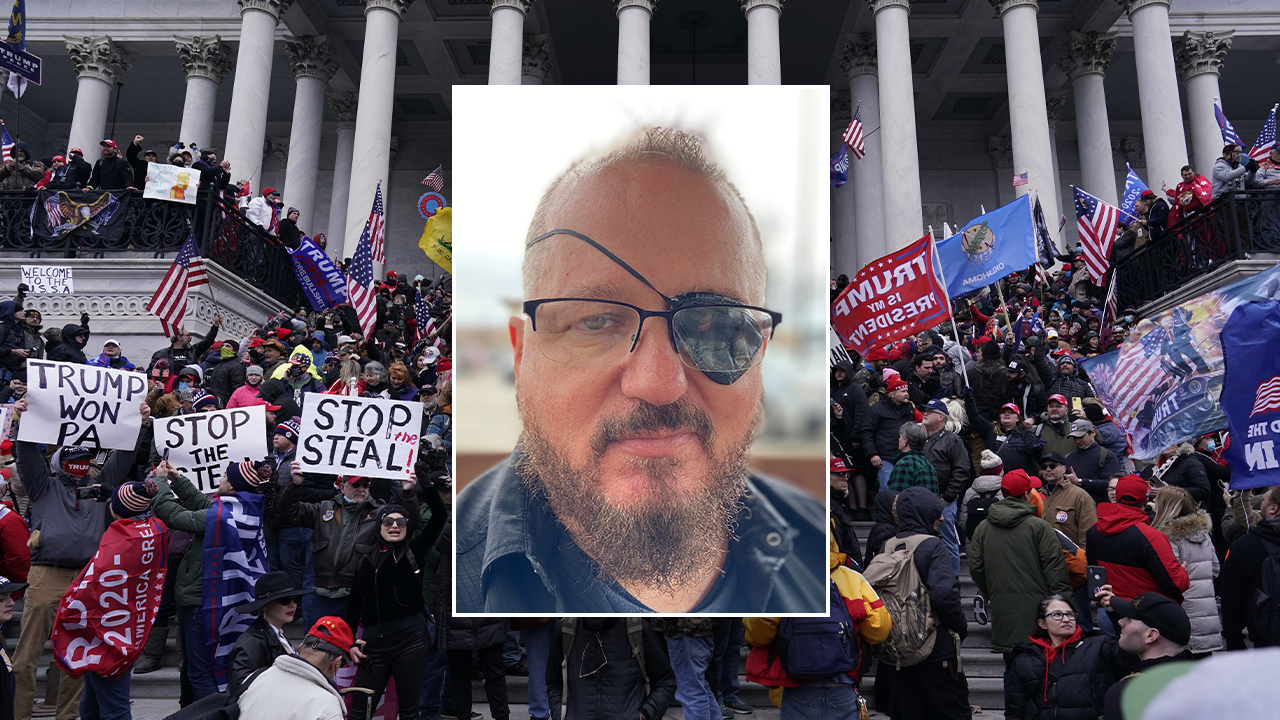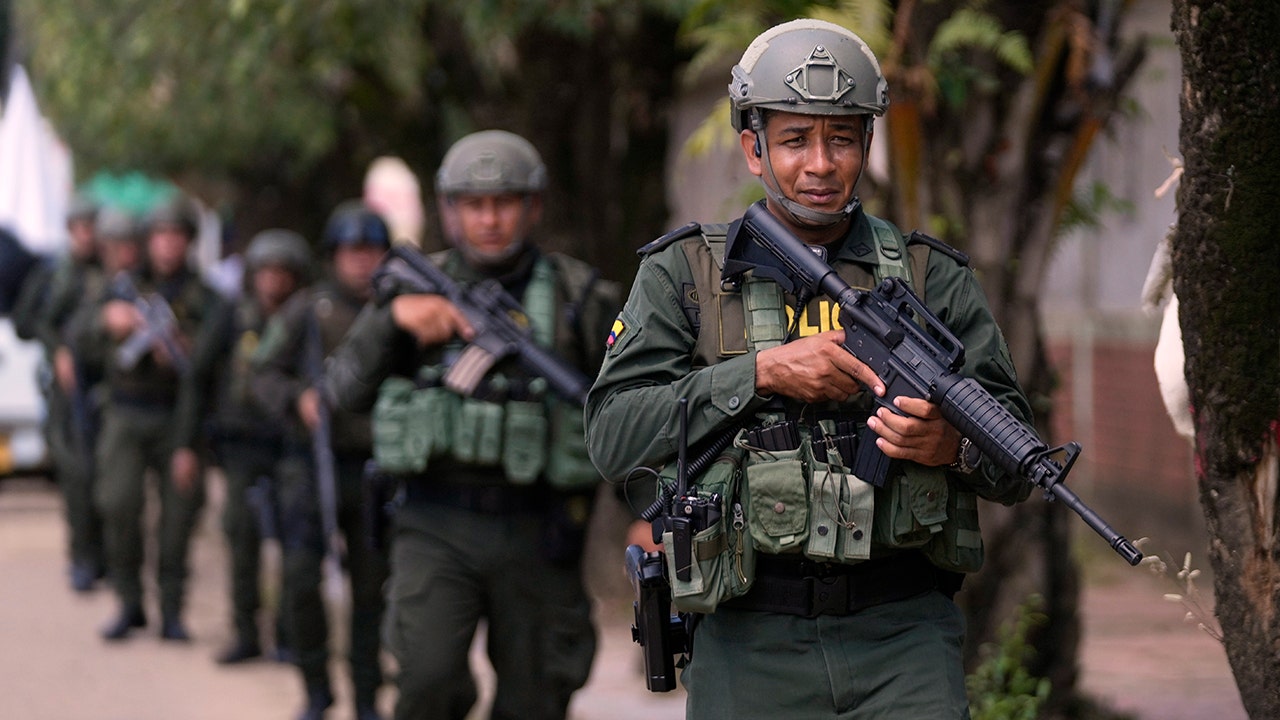Some missions were accomplished. Others continue today. Since the Organization’s inception at the end of the Second World War, UN Member States have scrambled to “save succeeding generations from the scourge of war” by deploying their collective efforts to prevent the kind of utter devastation that global conflict brought to Europe, Africa, Asia and beyond, especially with a view to stepping in before tensions escalate past a point of no return.
Here’s a look at some of those efforts, from the UN’s first ever armed emergency force to nearly a dozen active deployments around the world today:
A UN-escorted convoy is loaded up with food in Mandelbaum Square in Jerusalem before setting out for Israeli communities in nearby Mount Scopus in 1959. (file)
1940s: UN’s first Blue Helmets land in the Middle East and Asia
UN Member States authorised their first peacekeeping mission on 29 May 1948. The UN Truce Supervision Organization (UNTSO) was mandated to observe and assist in Palestine to maintain the Arab-Israeli ceasefire.
Its tasks over the years were broad-ranging, from security patrols to helping vulnerable communities, including escorting food convoys in the 1950s to UN-protected Israeli exclaves in Mount Scopus and Issawiya village in the Jerusalem area.
UN-mandated military observers were deployed in January 1949 to observe a ceasefire between India and Pakistan in the state of Jammu and Kashmir, forming the nucleus of the UN Military Observer Group in India and Pakistan (UNMOGIP).
Both missions are still operational.
So are the blue-coloured berets and helmets as well as white UN vehicles emblazoned with blue UN logos used by UNTSO in 1948 and on every subsequent peacekeeping mission since, according to Ask Dag, the UN Dag Hammarskjöld Library’s online forum for anything related to the Organization.

A UN Emergency Force (UNEF) salvage team at work in the Suez Canal raises the sunken Perrier, the world’s largest suction dredger, in 1957. (file)
1950s: Unblocking the Suez Canal
The Middle East is also where UN Member States deployed their first armed peacekeeping force. The first ever emergency special session of the General Assembly established the force in 1956 after Egypt’s nationalisation of the Suez Canal Company had triggered France and the United Kingdom to send troops and Israeli forces to launch an attack and occupy the Sinai Peninsula.
More than 6,000 peacekeepers, including a 479-member salvage team, served in the UN Emergency Force (UNEF), which helped to unblock both the canal and the crisis. The mission ended in 1967.

Units of the UN Force in the Congo (ONUC) secured positions outside the perimeter of Elisabethville in 1963. (file)
1960s: Buffer zones and independence
To support the newly independent Republic of the Congo, the Security Council swiftly responded to the government’s request on 12 July 1960 for UN military assistance to protect it against external aggression.
Four days later, after the Council called on Belgium to withdraw its troops and authorised military help, contingents comprising troops from several Asian and African States had their boots on the ground as part of the UN Operation in the Congo, known by its French acronym ONUC.
The mission marked a milestone in the peacekeeping history for its broad responsibilities, vast area of operation and staff size, numbering nearly 20,000 personnel and troops at its peak before its mandate ended in 1964.

Members of the Canadian contingent of the UN Peacekeeping Force in Cyprus patrol the “Green Line” buffer zone in Nicosia in 1974. (file)
The same year, the Security Council established the UN Peacekeeping Force in Cyprus (UNFICYP) to prevent further fighting between the Greek Cypriot and Turkish Cypriot communities. But, after escalating hostilities erupted a decade later, its mandate has expanded over the years.
In the absence of a political settlement, UNFICYP and its staff of more than 1,000 remain on the island to supervise ceasefire lines, maintain a buffer zone and undertake humanitarian activities, among other things.

Members of the Austrian Battalion Ski Patrol of the UN Disengagement Observer Force (UNDOF) on Mount Hermon in 1975. (file)
1970s: Strengthening post-war peace
When the Arab-Israeli war broke out in 1973, UN Member States dispatched two forces to the region. The Security Council, in resolution 340, immediately approved the deployment of a second UN Emergency Force, known as UNEF II, and a year later, established the UN Disengagement Observer Force in the Middle East (UNDOF).
The latter exists today, mandated to maintain the peace between Israel and Syria, with more than 2,000 active peacekeepers and personnel.

In 1989, a staff member of the UN Transition Assistance Group (UNTAG) checks the validity of a tendered ballot in Namibia. (file)
1980s: Starting ceasefires and ending colonialism
After almost eight years of war, and following intensive diplomatic efforts led by the UN Secretary-General, Iran and Iraq agreed to a ceasefire and direct talks. From 1988 to 1991, the UN Iran-Iraq Military Observer Group (UNIIMOG) was mandated to monitor the ceasefire’s implementation, successfully concluding its mission once confirming that both sides had withdrawn their forces, in line with internationally recognised boundaries.
The UN also continued to support countries in Africa in their bid for independence from colonial powers. From 1989 to 1991, military observers worked with the first of several UN Angola verification missions. UNAVEM I, II and III had mandates spanning from election support to the successful phased withdrawal of Cuban troops, a key step towards also realising the UN Security Council’s plan for neighbouring Namibia’s independence.
Part of that effort included deploying the UN Transition Assistance Group (UNTAG). Namibia joined the UN as a Member State in 1990, the same year UNTAG completed its year-long mandate, helping with such critical efforts as helping to rehabilitate infrastructure, repatriate and resettle refugees and displaced persons alongside organising and conducting elections.

Members of a British medical battalion of UNPROFOR are evacuating patients of Croatian descent from a hospital in Serb-occupied Croatia to one in Croatian-held territory in 1993. (file)
1990s: War, genocide, peace and a new command centre
Amid an escalating war in the former Yugoslavia, UN Member States established the UN Protection Force (UNPROFOR), which operated in the region from 1992 to 1995. At its peak, 38,599 military personnel served in widespread areas, with a mandate that was, over the course of the conflict, enlarged to include protecting civilians in demilitarised zones and ensuring the delivery of humanitarian aid to the newly independent Balkan States.
Leading up to historic elections in the Caribbean in 1990, assistance was provided by the UN Observer Group for the Verification of Elections in Haiti, known by its French acronym ONUVEH. More than 70 per cent of eligible voters cast their ballots, electing Jean-Bertrand Aristide as their new President. Drawing on experience with Namibian elections the previous year, ONUVEH added an innovation by deploying UN security observers throughout the process.

The UN Verification Mission in Guatemala (MINUGUA). (file)
In Central America, when a ceasefire agreement successfully ended 36 years of war in 1996 in Guatemala, the UN General Assembly established the UN Mission for the Verification of Human Rights and of Compliance with the Commitments of the Comprehensive Agreement on Human Rights in Guatemala, known by its relatively concise acronym MINUGUA.
That same year, the Security Council authorised and deployed 155 military observers and requisite medical personnel to join the effort, which was thus expanded and renamed the UN Verification Mission in Guatemala.

The UN Assistance Mission for Rwanda (UNAMIR) headquarters in Kigali in July 1994. (file)
Originally tasked with helping to implement the Arusha Peace Agreement shortly after it was signed in 1993, the UN Assistance Mission for Rwanda (UNAMIR) operated in the African nation until 1996, with an ever-changing mandate.
Renewed fighting in April 1994 led to a genocide against the Tutsi, with around one million people killed over the course of about 100 days. The catastrophic situation on the ground led the Security Council to twice expand UNAMIR’s duties to contribute to the protection of civilians and refugees at risk by establishing secure humanitarian areas.

The Situation Centre opened in the 1993 to monitor UN peacekeeping operations worldwide. (file)
Up until the 1980s, the UN Department of Political Affairs ran UN peacekeeping operations. By the 1990s, more than 20 UN peacekeeping missions were in action, so the UN Secretary-General established the Department of Peacekeeping Operations (DPKO) in 1992.
A year later, DPKO launched the Situation Centre to provide daily reports, monitoring and the exchange of information services between UN Headquarters in New York and UN missions worldwide. Today, there are 11 active UN peacekeeping operations, and DPKO is now called the Department of Peace Operations.

The UN Mission in Liberia (UNMIL) launches a successful campaign to disarm and reintegrate former combatants in 2003. (file)
2000s: Disarmament and demobilisation
The UN Mission in Liberia (UNMIL) supported the implementation of a ceasefire agreement and a monumental peace process in 2003. Part of its mandate was to protect UN staff, facilities and civilians, support humanitarian and human rights activities and assist in national security reform, from national police training to forming a new, restructured military.

Private Linda Mensah, one of the 41 female members of the Ghanaian Battalion of the UN Mission in Liberia (UNMIL) on patrol near the city of Buchanan in 2009. (file)
From the start, the Mission launched an ambitious and successful disarmament, demobilisation, rehabilitation and reintegration (DDRR) programme for over 40,000 combatants that has been a model for similar efforts around the world.
Today, frozen and new conflicts still pose the same challenges to the UN’s Blue Helmets on the ground around the world.
UN News’s #ThrowbackThursday series showcases epic moments across UN history, cultivated from the UN Audiovisual Library’s 49,400 hours of video and 18,000 hours of audio recordings as well as UN Photo and archives from across the UN system, capturing words, footage and images since 1945.
Catch up on UN Video’s Stories from the UN Archive playlist here and our accompanying series here.
Join us next Thursday for another dive into history.
What’s it like to be a UN peacekeeper?

Helmet and flack jackets of UN peacekeepers.
More than two million men and women have served under the UN flag since 1948. UN peacekeepers can be military, police or civilians. Tragically, more than 3,500 of these men and women have lost their lives in the cause of peace.
Today’s multidimensional peacekeeping operations are called upon to go beyond maintaining peace and security. They also:
Watch UN peacekeeper Major Furqan Niazi from Pakistan retell his story of losing a colleague while saving lives under fire in Abyei in 2024 below:





